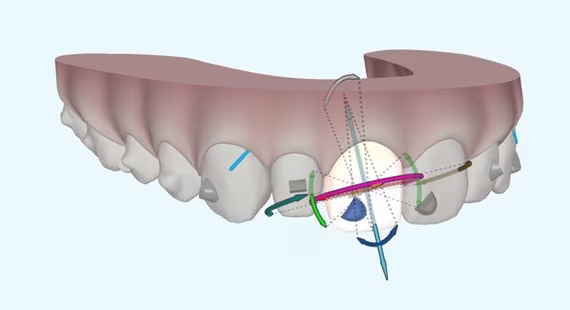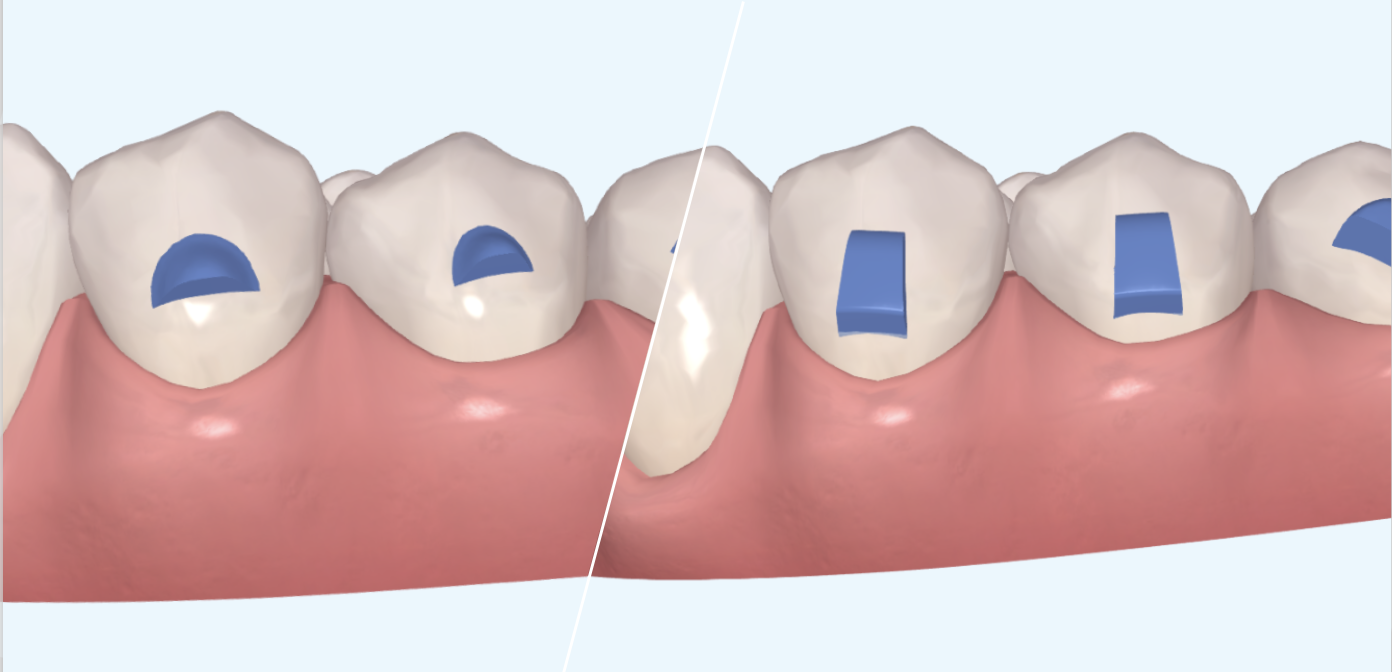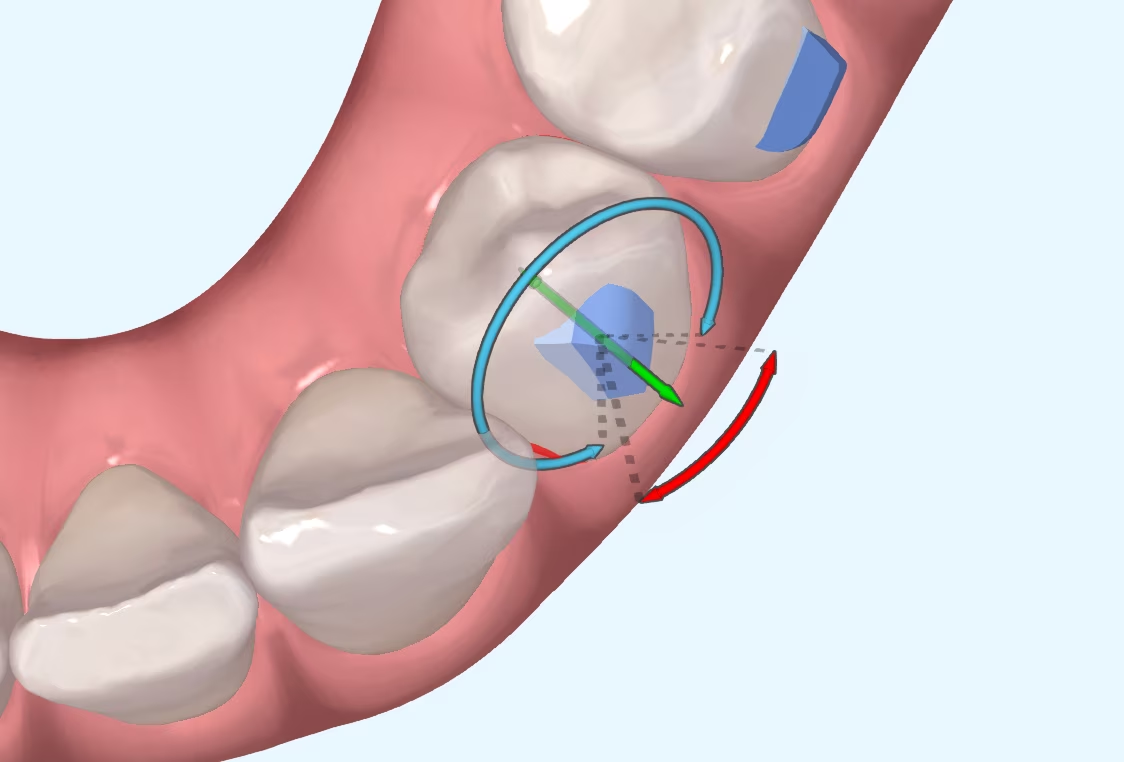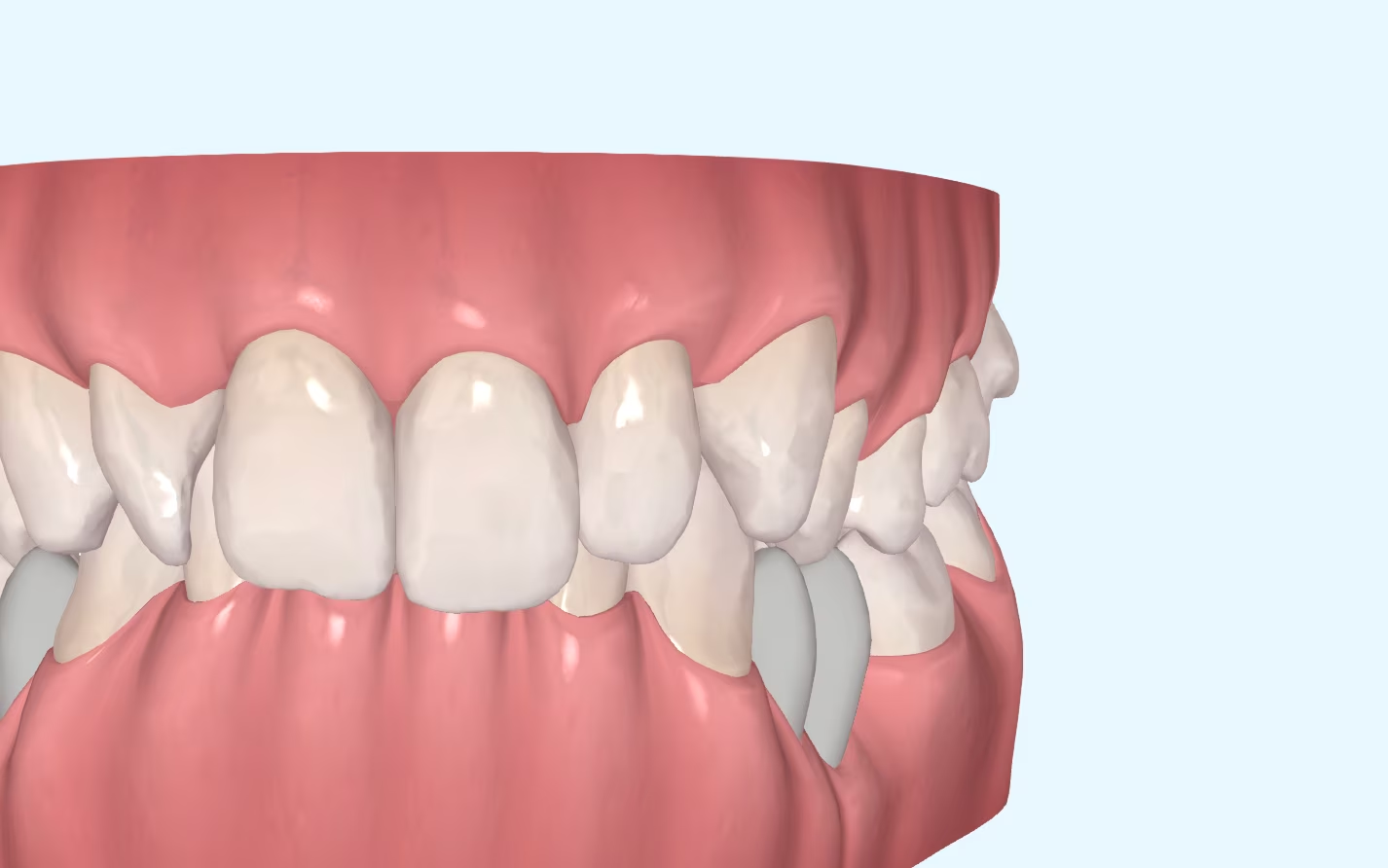
Invisalign ClinCheck: 5 reasons to work with it
Introduction: Initial Considerations If you work with aligners, I'm sure that more than once you've considered changing brands, although most probably

Attachments are a key part of the treatment with aligners, which are necessary to achieve the best results in the treatment of the patient. efficiency and predictability of certain tooth movements. Even so, they are not essential in all situations. There are movements, such as retro-inclination or incisor rotation, that do not require the placement of these attachments to complete. Optimised attachments, especially Invisalign attachments, can provide more precise forces compared to conventional attachments to facilitate these movements. Or, at least, this is what they tell us.
Optimised attachments, when combined with SmartForces, can be a differentiating factor in certain cases where movements are more complex. However, it is important to keep in mind that the decision to use optimised cofferdams will depend on the treatment plan and the needs of the individual patient. Some studies have found little difference between the performance of optimised and conventional cofferdams.
If we turn to one of the latest articles published by Karras et al. in which they analysed the differences between optimised and conventional attachments in two types of dental movements: the rotation of canines and premolars, and the extrusion of incisors and canines, the results obtained with both types of attachments were very similar. These movements were chosen in the study because, according to movement predictability analyses, they are among the least predictable movements with aligners.

If we review the study in detail, although there are no statistically significant differences between them, they found that the optimised ataches had a higher average accuracy than the conventional ataches for both rotation and extrusion movements. The authors suggest that this may be because most of the conventional rotational ataches used were rectangular and 3 mm long, a larger size than the optimised ataches. A larger attachment provides a larger surface area over which to apply force, which theoretically improves efficiency. Despite this, some orthodontists still prefer optimised attachments because of their greater precision and smaller size.
It should be noted that, despite the larger size of the conventional attachments, the fact that there was no significant difference in the predictability of the movements compared to the optimised ones casts doubt on the previous theory on the size of the attachments. Although the size of the attachments may have an influence, it does not seem to be the only determining factor in the efficiency of movements with aligners.
The study mentions several factors that can affect the predictability of tooth movement with aligners. These include:
In short, when planning movements with aligners, we must take these factors into account to improve the predictability of the results of our treatments. The better we understand and assimilate these variables, the better we will be able to control each case and solve any problems that may arise during treatment.
Efficacy of Invisalign attachments: A retrospective study. Karras T et al. Am J Orthod Dentofacial Orthop 2021;160:250-8.

Introduction: Initial Considerations If you work with aligners, I'm sure that more than once you've considered changing brands, although most probably

Introduction I suppose many of you are familiar with the myth of Achilles, the Greek hero who was submerged as a child in the River Styx by his mother in order to

What is CBCT? CBCT is a medical imaging technique that uses a special type of computed tomography (CT) scan to obtain three-dimensional images.

Challenges of Overbite In the more than 20 years that we have been working with invisible orthodontics, we have gone from considering some malocclusions "impossible" to daring to

It is not a question to make us feel guilty. It is only a question that invites us to reflect, to think about the impact we can have in